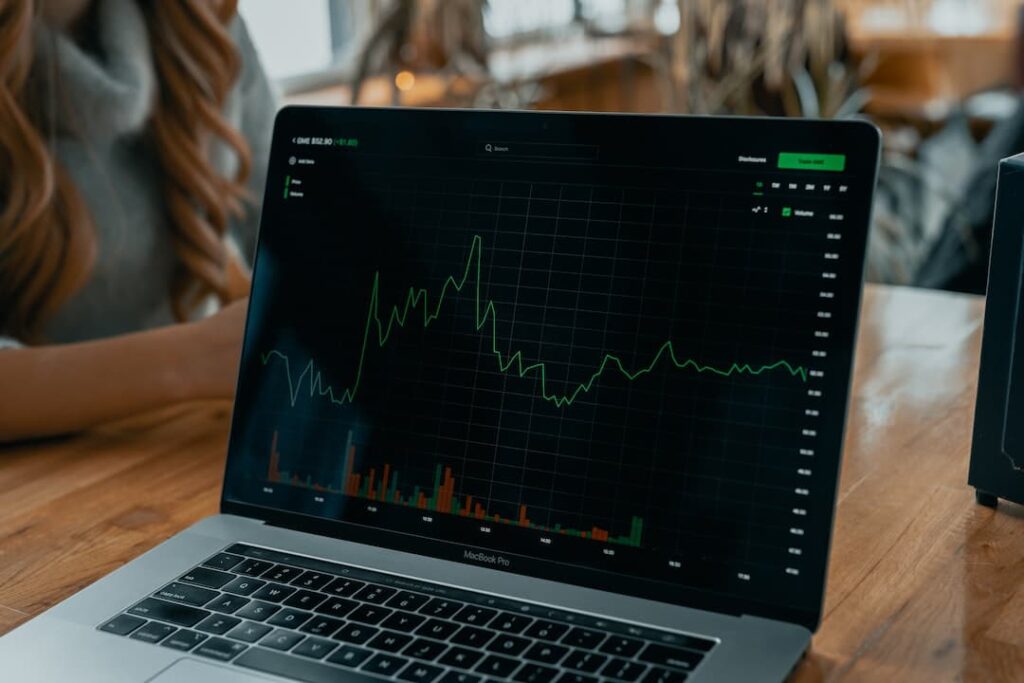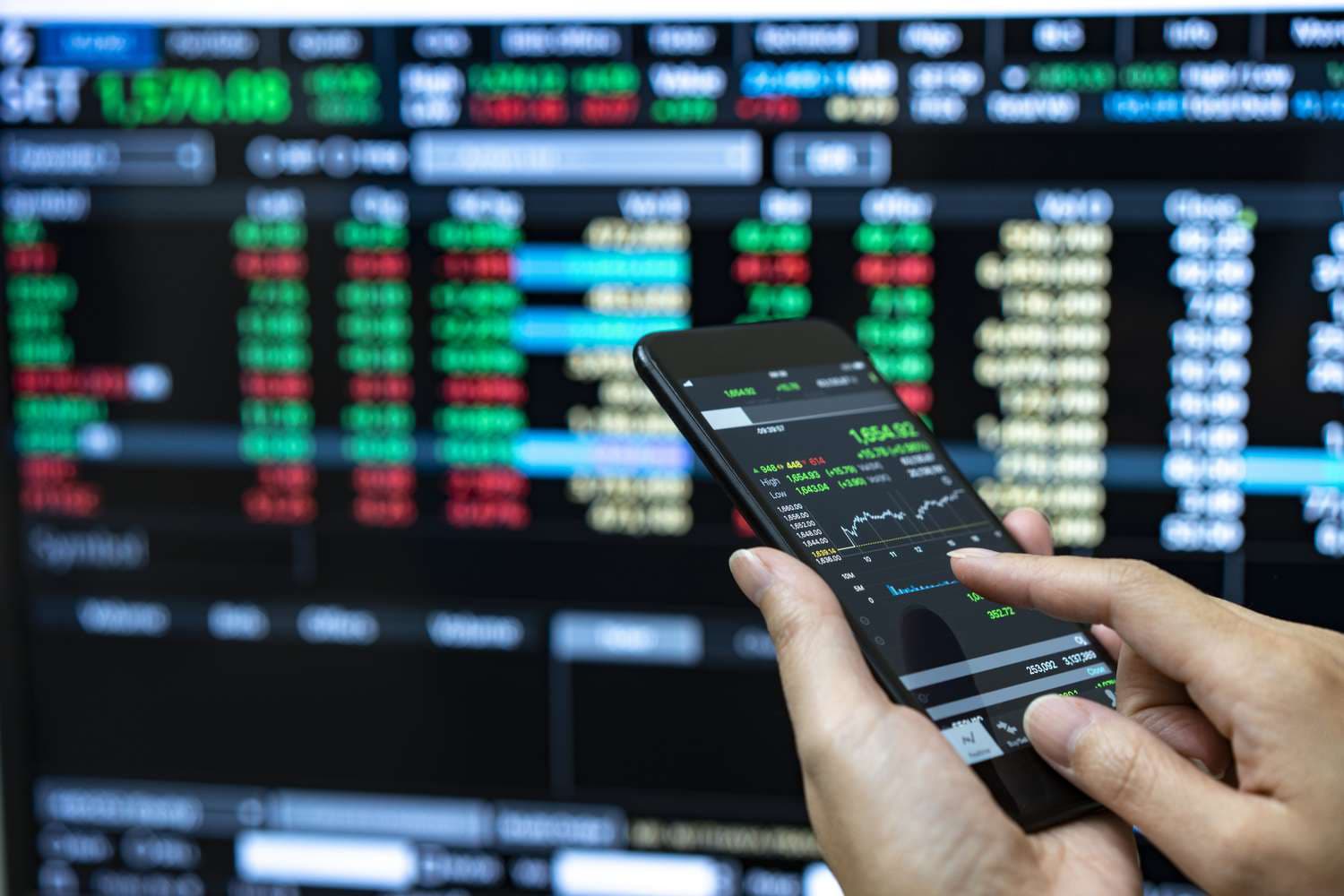Carbon credits have become an important tool in global efforts to manage greenhouse gas emissions. Companies, governments, and investors increasingly trade carbon credits to comply with environmental regulations and support voluntary climate goals. As this market expands, the role of digital trading platforms has grown significantly.
Today, modern مواقع التداول application platforms make carbon credit trading more accessible, transparent, and efficient. They provide the tools and data that market participants need to manage risks and execute trades in this evolving asset class.
This article explains how these platforms support the trading of carbon credits and what factors participants should consider when using them.
What are carbon credits?
Carbon credits represent permission to emit a specific amount of carbon dioxide or its equivalent. Typically, one credit equals one metric ton of CO₂. These credits are either:
- Compliance-based, used in government-mandated cap-and-trade programs
- Voluntary, used by organizations to offset emissions beyond regulatory requirements
Entities that reduce emissions can generate and sell credits. Entities that exceed limits or want to offset emissions can purchase credits. Trading takes place in both spot and futures markets.
Prices vary by region, program type, and market demand. Monitoring these factors requires up-to-date data from platforms such as tradingeconomics.com and investopedia.com.
The role of مواقع التداول application platforms
Traditional carbon trading involved manual processes and limited market transparency. Modern مواقع التداول application platforms now allow participants to:
- Access live market prices for carbon credits
- Place and manage buy and sell orders
- Monitor portfolio performance
- Conduct technical and fundamental analysis
- Manage currency and commodity exposure related to carbon credit investments

By providing centralized access to market data and trading tools, these platforms make it easier for companies and investors to participate in carbon markets efficiently.
Access to real-time market data
Market participants must track price movements carefully, as carbon credit prices can change based on policy developments, weather patterns, and shifts in supply and demand.
مواقع التداول application platforms integrate live market feeds and historical price charts. Users can access price data from major carbon markets, including the European Union Emissions Trading System (EU ETS), California Cap-and-Trade Program, and voluntary carbon markets.
Platforms like tradingview.com or fxstreet.com complement this information with broader market indicators. Such insights help traders make informed decisions.
Trade execution and risk management
Carbon credit prices can be volatile. Market participants require tools to manage risks and execute trades promptly.
Modern مواقع التداول application platforms provide order types such as:
- Market orders
- Limit orders
- Stop orders
They also offer features like price alerts, automated trading scripts, and advanced charting tools.
For example, platforms that support تنزيل برنامج Metatrader 5 enable traders to implement multi-asset strategies that combine carbon credits with currencies, commodities, and energy-related assets.
Portfolio management and reporting
Companies that engage in carbon trading often do so to support sustainability goals or manage compliance requirements. Accurate reporting is essential.
مواقع التداول application platforms provide portfolio management dashboards that:
- Track carbon credit positions in real time
- Calculate portfolio value in different currencies
- Provide historical performance data
- Support compliance reporting with detailed transaction records
Integrating these features helps companies align carbon trading activities with corporate sustainability and financial reporting frameworks.
Market access for a broad range of participants
One of the key contributions of مواقع التداول application platforms is broadening access to carbon markets.
Previously, carbon trading was largely limited to large energy companies or specialized trading firms. Today, businesses of various sizes, as well as institutional and retail investors, can participate via digital platforms.

Platforms compatible with تحميل برنامج Metatrader 4 للكمبيوتر extend market access even further, supporting flexible and portable trading environments.
This democratization of access supports liquidity and price discovery in carbon markets.
Important considerations when trading carbon credits
While مواقع التداول application platforms make carbon trading easier, participants must understand several factors:
- Market fragmentation: Carbon markets remain regional, with varying rules and credit types. Traders must understand which market(s) they are accessing.
- Regulatory risk: Changes in government policies can impact market prices and credit validity. Monitoring news from sources like thebalancemoney.com is important.
- Liquidity: Some carbon markets have limited liquidity. Trade execution may be slower or involve wider spreads.
- Quality: Voluntary credits vary in quality and verification standards. Buyers must evaluate project transparency and impact.
مواقع التداول application platforms help address some of these challenges by improving market transparency and providing advanced analytics. Still, users must conduct due diligence.
The future of carbon credit trading platforms
As the global focus on climate change continues, carbon markets are expected to grow in size and complexity. Digital trading platforms will play an increasingly important role.
Emerging trends include:
- Greater integration of environmental, social, and governance (ESG) criteria into trading strategies
- Expansion of voluntary carbon markets
- Increased use of blockchain for credit tracking and verification
- Development of more advanced analytics to assess carbon credit quality
Modern مواقع التداول application platforms are evolving to meet these needs, providing features that go beyond simple trade execution.
Conclusion
Carbon credit markets are an essential tool for managing greenhouse gas emissions. The rise of مواقع التداول application platforms has made these markets more accessible, efficient, and transparent.
By offering real-time market data, advanced trading tools, portfolio management features, and broad market access, these platforms support a wide range of participants in navigating the complexities of carbon trading.
As the carbon credit market continues to develop, digital trading platforms will remain critical in supporting market growth and enabling effective participation across industries and geographies.
